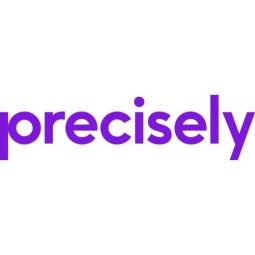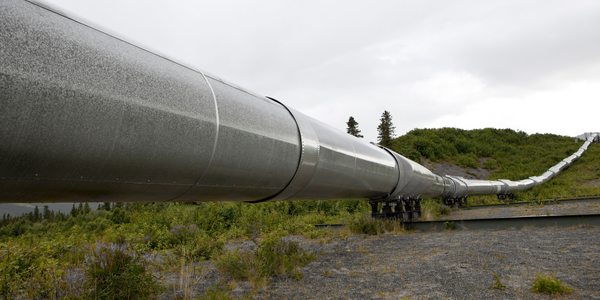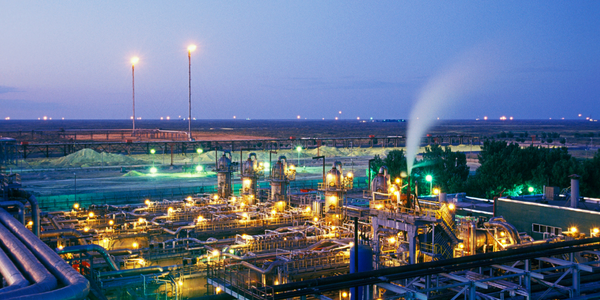Customer Company Size
Large Corporate
Region
- America
Country
- United States
Product
- Precisely Automate
- SAP Real Estate Module
Tech Stack
- GUI scripting
Implementation Scale
- Enterprise-wide Deployment
Impact Metrics
- Productivity Improvements
- Digital Expertise
Technology Category
- Functional Applications - Enterprise Resource Planning Systems (ERP)
- Automation & Control - Automation & Process Control Systems
Applicable Industries
- Oil & Gas
Applicable Functions
- Business Operation
Use Cases
- Process Control & Optimization
Services
- Software Design & Engineering Services
- System Integration
About The Customer
Halliburton, founded in 1919, is one of the largest suppliers of products and services to the energy industry. With over a century of experience, the company has established itself as a leader in the sector. Edward Scott, a Business Analyst at Halliburton, is responsible for managing the company's real estate portfolio. The company deals with a vast amount of contract site data, which requires meticulous input and management. Halliburton's commitment to innovation and efficiency drives its continuous search for solutions that can streamline operations and improve data management processes.
The Challenge
Edward Scott, a Business Analyst at Halliburton, faced a significant challenge in managing the company's real estate portfolio due to the overwhelming volume of contract site data. The team was spending 90% of their time inputting data into the SAP Real Estate Module, which required entry of 180 fields for each piece of master data. This reliance on GUI scripting made the process cumbersome and prone to errors. The incoming data showed no signs of slowing down, and the team found themselves unable to analyze or clean up inconsistencies in the data. The backlog of errors continued to grow, and the team needed a creative solution to manage the data more efficiently.
The Solution
To address the data management challenges, Halliburton implemented Precisely Automate, a solution designed to streamline data input and improve efficiency. The investment in Precisely Automate allowed the team to significantly reduce the time spent on data entry. After setting up the basic script, the creation time for data entries dropped from 20 minutes to just over two minutes, a reduction to one-tenth of the original time. This automation not only saved time but also enabled the team to start cleaning up the backlog of errors and inconsistencies. The solution facilitated better communication within the department and organization, leading to smoother processes and increased confidence in the data. The ability to quickly pull and fix data further enhanced the team's efficiency and accuracy.
Operational Impact
Quantitative Benefit

Case Study missing?
Start adding your own!
Register with your work email and create a new case study profile for your business.
Related Case Studies.

Case Study
Taking Oil and Gas Exploration to the Next Level
DownUnder GeoSolutions (DUG) wanted to increase computing performance by 5 to 10 times to improve seismic processing. The solution must build on current architecture software investments without sacrificing existing software and scale computing without scaling IT infrastructure costs.

Case Study
Remote Wellhead Monitoring
Each wellhead was equipped with various sensors and meters that needed to be monitored and controlled from a central HMI, often miles away from the assets in the field. Redundant solar and wind generators were installed at each wellhead to support the electrical needs of the pumpstations, temperature meters, cameras, and cellular modules. In addition to asset management and remote control capabilities, data logging for remote surveillance and alarm notifications was a key demand from the customer. Terra Ferma’s solution needed to be power efficient, reliable, and capable of supporting high-bandwidth data-feeds. They needed a multi-link cellular connection to a central server that sustained reliable and redundant monitoring and control of flow meters, temperature sensors, power supply, and event-logging; including video and image files. This open-standard network needed to interface with the existing SCADA and proprietary network management software.

Case Study
Refinery Saves Over $700,000 with Smart Wireless
One of the largest petroleum refineries in the world is equipped to refine various types of crude oil and manufacture various grades of fuel from motor gasoline to Aviation Turbine Fuel. Due to wear and tear, eight hydrogen valves in each refinery were leaking, and each cost $1800 per ton of hydrogen vented. The plant also had leakage on nearly 30 flare control hydrocarbon valves. The refinery wanted a continuous, online monitoring system that could catch leaks early, minimize hydrogen and hydrocarbon production losses, and improve safety for maintenance.










